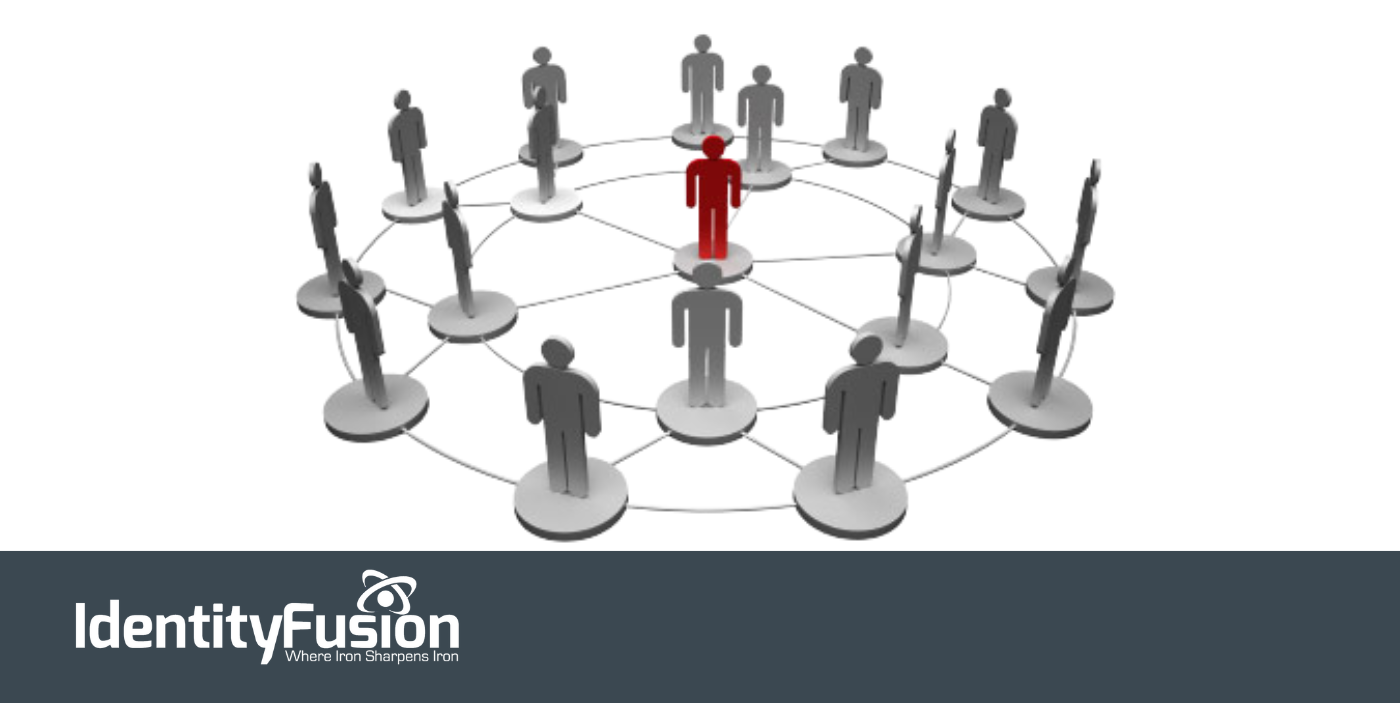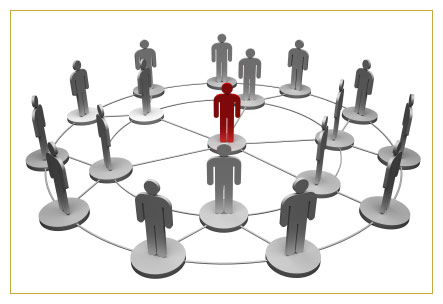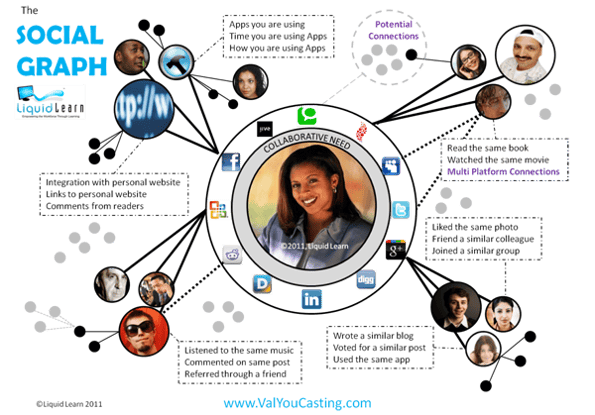The Next Generation of Identity Management

Contents
The face of identity is changing. Historically, it was the duty of an identity management solution to manage and control an individual’s access to corporate resources. Such solutions worked well as long as the identity was safe behind the corporate firewall – and the resources were owned by the organization.
But in today’s world of social identities (BYOI), mobile devices (BYOD), dynamic alliances (federation), and everything from tractors to refrigerators being connected to the Internet (IoT), companies are finding that legacy identity management solutions are no longer able to keep up with the demand. Rather than working with thousands to hundreds of thousands of identities, today’s solutions are tasked with managing hundreds of thousands to millions of identities and include not only carbon-based life forms (people) but also those that are silicon-based (devices).
In order to meet this demand, today’s identity solutions must shift from the corporation-centric view of a user’s identity to one that is more user-centric. Corporations typically view the identity relationship as one between the user and the organization’s resources. This is essentially a one-to-many relationship and is relatively easy to manage using legacy identity management solutions.
What is becoming evident, however, is the growing need to manage many-to-many relationships as these same users actually have multiple identities (personas) that must be shared with others that, in turn, have multiple identities, themselves.
The corporation is no longer the authoritative source of a user’s identity, it has been diminished to the role of a persona as users begin to take control of their own identities in other aspects of their lives.
Identity : the state or fact of being the same one as described.
Persona : (in the psychology of C. G. Jung) the mask or façade presented to satisfy the demands of the situation or the environment.
In developing the next generation of identity management solutions, the focus needs to move away from the node (a reference to an entry in a directory server) and more towards the links (or relationships) between the nodes (a reference to social graphs).
In order to achieve this, today’s solutions must take a holistic view of the user’s identity and allow the user to aggregate, manage, and decide with whom to share their identity data.
Benefits to Corporations
While corporations may perceive this as a loss of control, in actuality it is the corporation that stands to benefit the most from a user-centric identity management solution. Large corporations spend hundreds of thousands of dollars each year in an attempt to manage a user’s identity only to find that much of what they have on file is incorrect. There are indeed many characteristics that must be managed by the organization, but many of a user’s attributes go well-beyond a corporation’s reach. In such cases, its ability to maintain accurate data within these attributes is relatively impossible without the user’s involvement.
Take for instance a user’s mobile telephone number; in the past, corporations issued, sponsored, and managed these devices. But today’s employees typically purchase their own mobile phones and change carriers (or even phone numbers) on a periodic basis. As such, corporate white pages are filled with inaccurate data; this trend will only increase as users continue to bring more and more of themselves into the workplace.
Legacy identity solutions attempt to address this issue by introducing “end-user self-service” – a series of Web pages that allow a user to maintain their corporate profile. Users are expected to update their profile whenever a change occurs. The problem with this approach is that users selectively update their profiles and in some cases purposely supply incorrect data (in order to avoid after hours calls). The other problem with this approach is that it still adheres to a corporate-centric/corporate-owned identity mindset. The truth is that users’ identities are not centralized, they are distributed across many different systems both in front of and behind the corporate firewall and while companies may “own” certain data, it is the information that the user brings from other sources that is elusive to the company.
Identity Relationship Management
A user has relationships that extend well beyond those maintained within a company and as such has core identity data strewn across hundreds, if not thousands of databases. The common component in all of these relationships is the user. It is the user who is in charge of that data and it is the user who elects to share their information within the context of those relationships. The company is just one of those relationships, but it is the one for which legacy identity management solutions have been written.
Note: Relationships are not new, but the number of relationships that a user has and types of relationships they have with other users and other things is rapidly growing.
Today’s identity management solutions must evolve to accept (or at a minimum acknowledge) multiple authoritative sources beyond their own. They must evolve to understand the vast number of relationships that a user has both with other users, but also with the things the user owns (or uses) and they must be able to provide (or deny) services based on those relationships and even the context of those relationships. These are lofty goals for today’s identity management solutions as they require vendors to think in a whole new way, implement a whole new set of controls, and come up with new and inventive interfaces to scale to the order of millions. To borrow a phrase from Ian Glazer, we need to kill our current identity management solutions in order to save them, but such an evolution is necessary for identity to stay relevant in today’s relationship-driven world.
I am not alone in recognizing the need for a change. Others have come to similar conclusions and this has given rise to the term, Identity Relationship Management (or IRM). The desire for change is so great in fact that Kantara has sponsored the Identity Relationship Management Working Group of which I am privileged to be a member. This has given rise to a LinkedIn Group on IRM, a Twitter feed (@irmwg), various conferences either focused on or discussing IRM, and multiple blogs of which this is only one.
LinkedIn IRM Working Group Description:
In today’s internet-connected world, employees, partners, and customers all need anytime access to secure data from millions of laptops, phones, tablets, cars, and any devices with internet connections.
Identity relationship management platforms are built for IoT, scale, and contextual intelligence. No matter the device, the volume, or the circumstance, an IRM platform will adapt to understand who you are and what you can access.
Call to Action
Do you share similar thoughts and/or concerns? Are you looking to help craft the future of identity management? If so, then consider being part of the IRM Working Group or simply joining the conversation on LinkedIn or Twitter.



